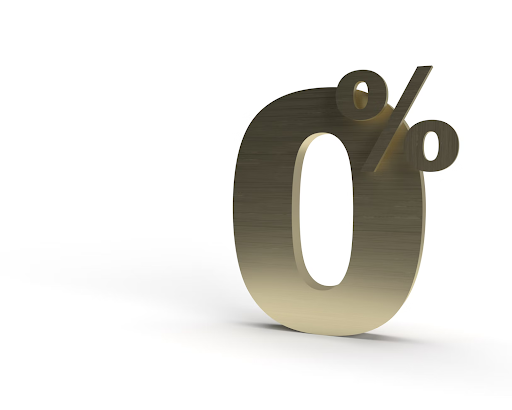Do you know the definition of APR? This guide will give you all of the information you need about APR, including its definition, usage, and more!
-
Kevin
-
 February 9, 2022
February 9, 2022
-
 Common Questions
Common Questions
 February 9, 2022
February 9, 2022
 Common Questions
Common Questions
Do you know the definition of APR? This guide will give you all of the information you need about APR, including its definition, usage, and more!
According to Investopedia and the CFPB, the abbreviation APR is an acronym that stands for annual percentage rate. On a loan, it refers to the amount of yearly interest.
APR is expressed as a percentage, and this percentage represents the actual cost that a person pays annually on the term of a loan or income. However, this may not take into account any fees that a borrower must pay.

People often use APR to compare rates between credit cards, lenders, PMI (private mortgage insurance), and more. This information is consistent, so people use it as a singular point of comparison. Credit card companies, credit card issuers, mortgage loan brokers, and other sources of new purchases on a car or home advertise using this number.
While a person should look at all of the different lender fees, application fees, and types of credit card interest when choosing between multiple brokers, many people look for a lower APR or lower interest rate when choosing a card or lender.
Often, lenders must show a representative APR in their advertising, which means that more than half of the applicants will actually receive this rate. Otherwise, this is false advertising. The personal APR is the APR that the customer ends up receiving.
APR and APY are very similar acronyms, but how do they differ? APR stands for annual percentage rate, while APY stands for annual percentage yield. APY is also sometimes called EAR, which stands for the effective annual rate.
One easy way to remember the difference between APR and APY is that APR measures interest charged when you borrow, and APY measures the interest you earn when you save. While these acronyms are similar, they mean very different things.
There are many different types of APRs you might see. Below is a short summary of the primary types of APRs.
If something is advertised as having a fixed rate APR, the APR will never change across the life of the loan. If APR rates are low, it is wise to take a loan with a fixed-rate APR. Additionally, having a fixed-rate APR can make it easier to budget your money since you will always know your interest rate.
Variable APR is very different from fixed APR. This form of APR is, as the name states, variable. That means that, depending on the prime rate of an index that the index rate is tied to, your interest rate can go up and down. These types of loans can be good or bad. They might start out having lower interest rates than a fixed rate APR, but can soon skyrocket, making it difficult to budget.
If you violate service terms on a loan or credit card, your card company might increase your APR for a specified time. Things that could lead to having a penalty APR include late payments or missing a payment. These different circumstances can affect your regular APR, so make sure you check that you do not violate your terms.
Sometimes, new cards will offer what is called an introductory APR. Introductory APR is usually a lower APR offered during the first few months of using a credit card. Often, this grace period applies to specific purchases or transactions like balance transfers. This APR is only active for a limited amount of time.
The term APR will almost always stand for the annual percentage rate when it comes to loans and credit cards. However, in other fields, this term might stand for something else.
If someone uses the term APR in a context where “annual percentage rate” would not make sense, they might intend for APR to stand for one of the below definitions from The Free Dictionary. Don’t be afraid to ask someone to clarify what they mean by APR.
When it comes to borrowing money, APR stands for annual percentage rate. This acronym refers to the interest charges on the principal amount borrowed. APR is expressed as a percentage of the lump sum.
People will often compare a credit card’s APR between companies to determine the lowest interest rate. It is essential to take APR into account to know the true cost of borrowing.